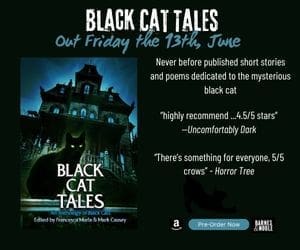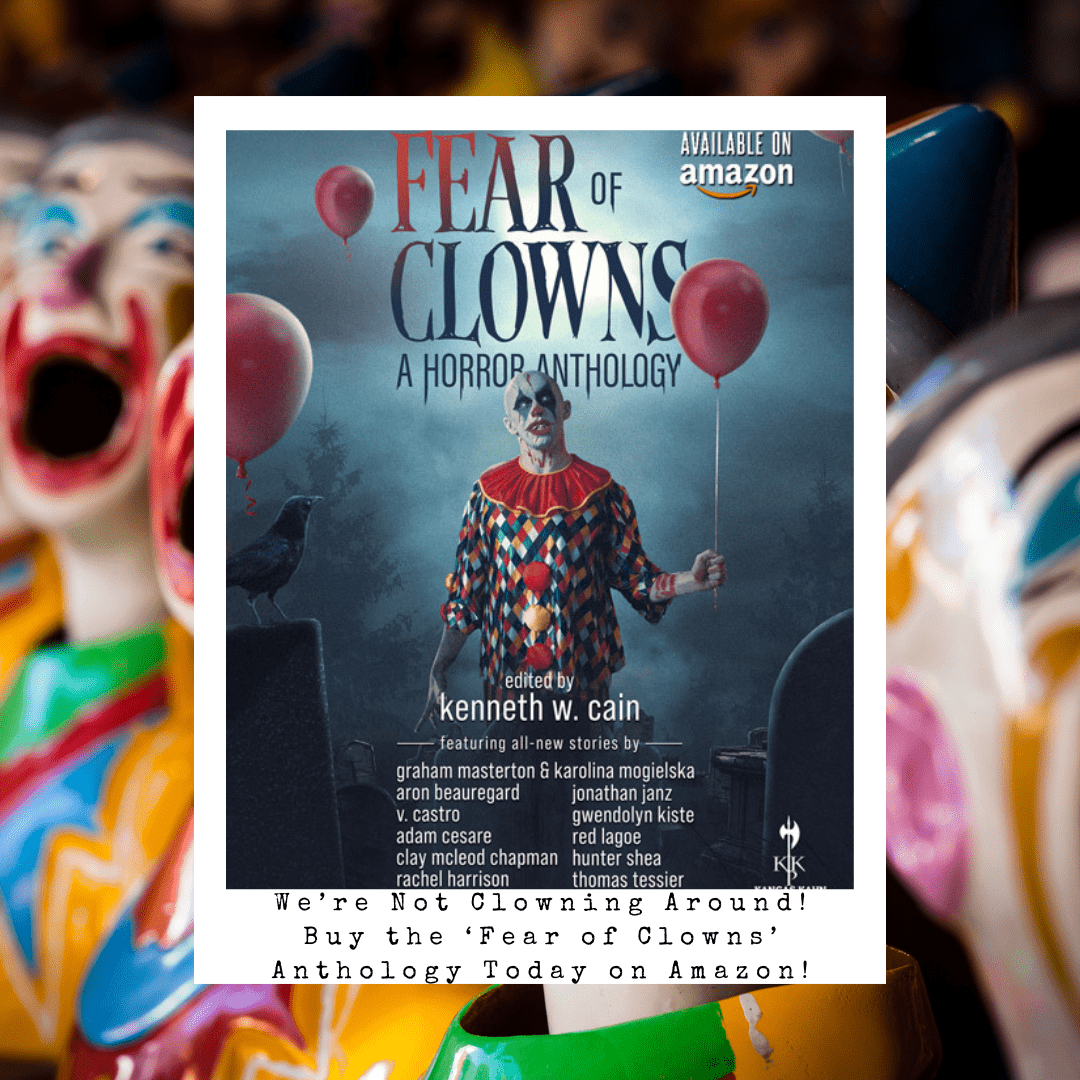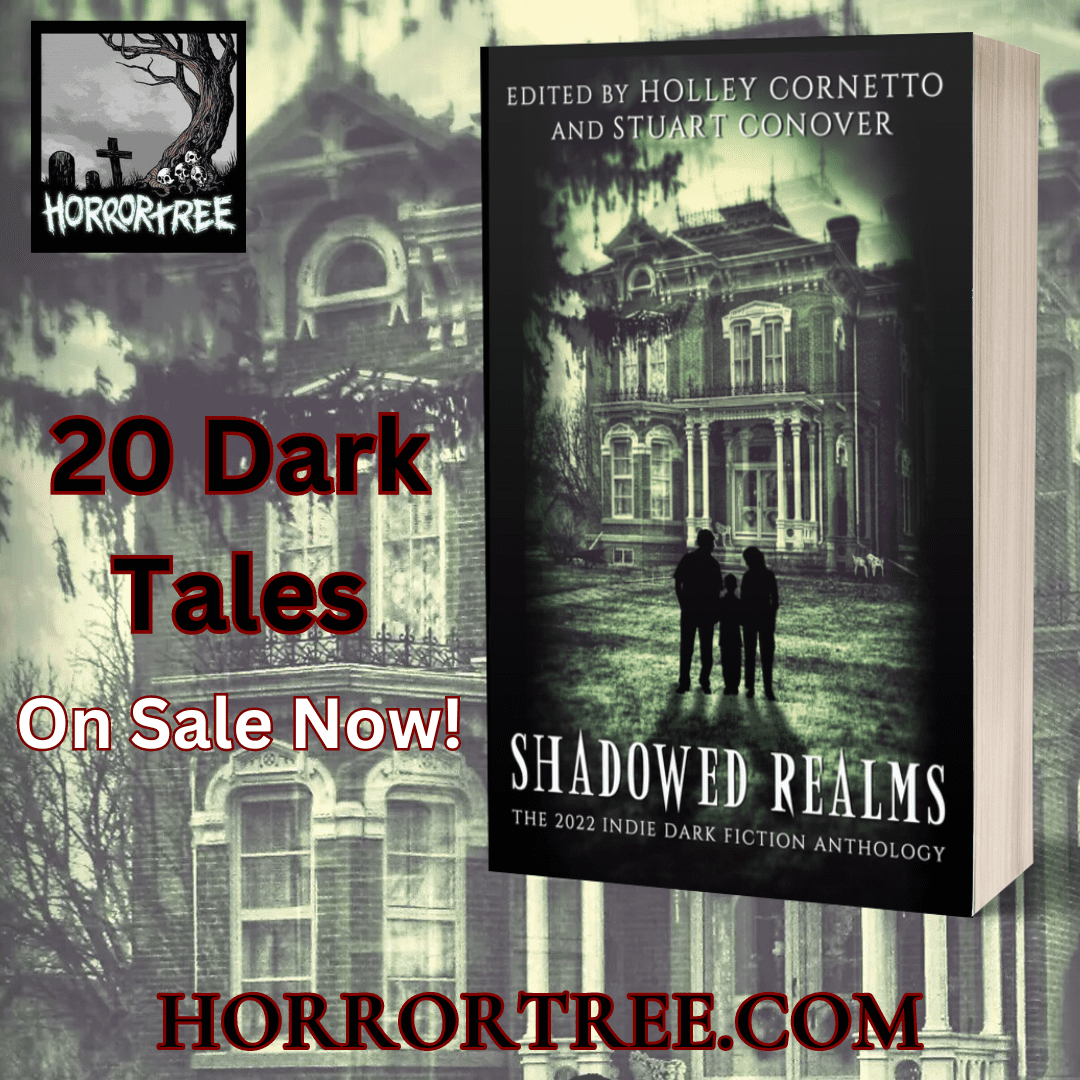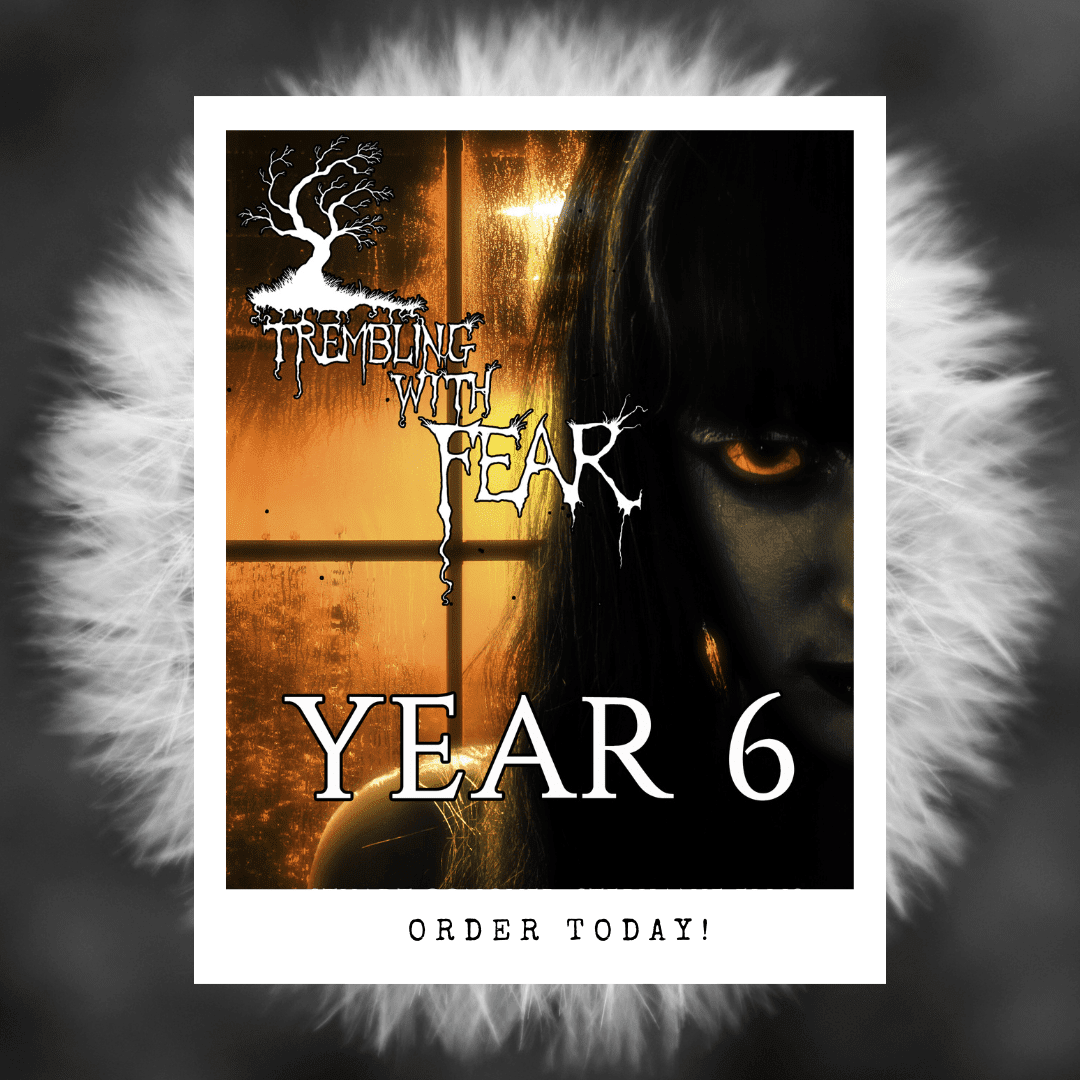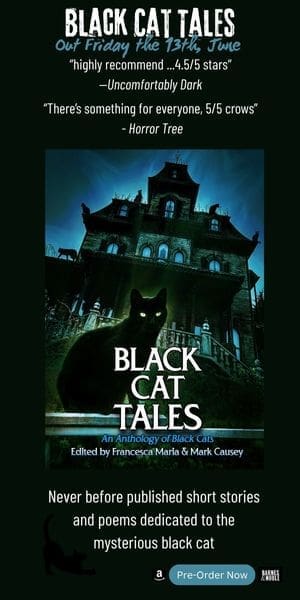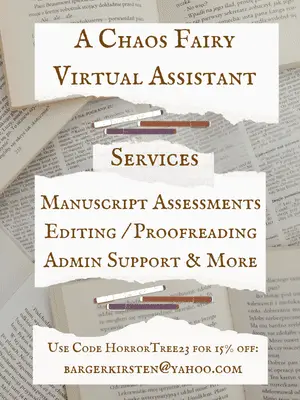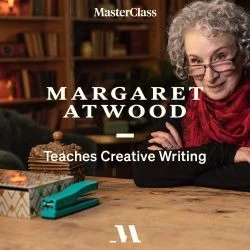Four Red Herrings with Phil Lecomber

Phil Lecomber Interview
I’m joined in my cocktail hour with a man of many talents, author Phil Lecomber. Among them is, apparently, cocktail mixing, as he has created a couple of lovely pousse-cafés for us to sip, as inspired by his interview. How thoughtful, right?

Phil Lecomber (he/him) was born in 1965 in Slade Green, on the outskirts of South East London – just a few hundred yards from the muddy swirl of the Thames. Although he now lives in the beautiful West Country city of Bath, most of his working life has been spent in and around the capital in a variety of occupations. He has worked as a musician in the city’s clubs, pubs and dives; as a steel-fixer helping to build the towering edifices of the square mile (and also working on some of the city’s iconic landmarks, such as Tower Bridge); as a designer of stained-glass windows; and – since the early 90s – as the director of a small company in Mayfair specialising in the electronic security of some of the world’s finest works of art. All of which, of course, has provided wonderful material for a novelist’s inspiration. Always an avid reader, a chance encounter as a teenager with a Gerald Kersh short story led to a fascination with the ‘Morbid Age’ – the interwar years of the 20th century. Research around the period eventually inspired Phil to create Piccadilly Noir – a crime fiction series set in the late 1920s, featuring the cockney private detective, George Harley. Although the milieu is that of the Golden Age of whodunnits, Harley’s world is a far cry from an Agatha Christie country house. This working-class hero does his ‘sherlocking’ in the frowsy alleyways and sleazy nightclubs of London’s Soho – the city’s underbelly, peopled with lowlife ponces, jaded streetwalkers and East End mobsters. The world which Phil has created for the Piccadilly Noir series is the result of the consumption and distillation of myriad contemporary novels, films, historical accounts, biographies and slang dictionaries from the 1920/30s – with a nod here and there to some of the real-life colourful characters he’s had the pleasure of rubbing shoulders with over the years. The first episode of the Piccadilly Noir series, Midnight Streets, will be published by Titan Books on March 18th 2025.
Links
Website: https://www.phillecomber.com/
Instagram: https://www.instagram.com/phillecomber/
Facebook: https://www.facebook.com/PhilLecomber
Midnight Streets can be purchased at:
https://www.amazon.co.uk/Piccadilly-Noir-Midnight-Streets/dp/1835411991
https://www.amazon.com/gp/product/1835411991?tag=randohouseinc10979-20
https://www.penguinrandomhouse.com/books/777767/midnight-streets-by-phil lecomber/
https://forbiddenplanet.com/421148-midnight-streets/
https://titanbooks.com/72381-the-piccadilly-noir-series-midnight-streets/
Willow Croft: “This is a crime scene!” Are there certain crimes that fascinate you over others? How do you employ technology to help your character(s) solve the crime? What real-life unsolved mysteries or crimes have held your attention the longest? Are there certain crimes that fascinate you over others?
Phil Lecomber: I’ve always been fascinated with the story of Ruth Ellis – the last woman to be executed in the UK (hanged in 1955, at the age of 28). Ellis was a peroxide blonde nightclub hostess who shot her abusive lover, David Blakely, outside a pub in Hampstead, London. There’s a an alluring air of doomed glamour surrounding her, as Miranda Richardson expertly conveyed in the 1985 film Dance with a Stranger. I once worked with a former policeman who had been a young bobby on the beat in Hampstead at the time. He told me that the authorities were insistent that she hanged, so as to serve as a deterrent for gun crime in the country. The public reaction to her execution helped shape the growing movement to abolish the death penalty in the UK, which was officially abolished for murder in 1965 (you could still be executed for treason up until 1998).
My protagonist, George Harley, is operating as a private detective in the 1920s, so his access to forensic technological assistance is limited. However, he greatly admires the renowned British pathologist, Sir Bernard Spilsbury, and, with the help of Scotland Yard, manages to have him perform autopsies on the victims of the ‘Nursery Butcher’, the serial killer Harley pursues in the first Piccadilly Noir book, Midnight Streets. Spilsbury was a real-life character who worked on both the Dr Crippen case and the Brides in the Bath murders. His work helped establish forensic pathology as a crucial part of criminal investigations.
Phil Lecomber: It may seem a cliché, but I find myself returning every few years to the mystery of the Jack the Ripper murders. It’s fascinating how these gruesome crimes have remained so compelling to people for over a century now; it’s possibly one of history’s greatest unsolved mysteries. There have been numerous potential suspects cited over the years, and many conspiracy theories as to how the killer evaded detection. Some of these theories have served as plots for successful movie portrayals of the crimes; one of my own particular favourites is From Hell (2001), starring Johnny Depp and Ian Holm, and loosely based on the Alan Moore graphic novel. I think part of the cultural fascination with the murders is the evocative setting – those Victorian fog-laden alleyways of Whitechapel. In Midnight Streets I have one of the characters – who was a child at the time the Ripper was stalking Whitechapel – recalling how he felt about the crimes: ‘You know, to me the most terrifying aspect was thinking of them who discovered the bodies. To be on your own, in the dark, stumbling across all that horror laid out before you. Used to give me the willies, I don’t mind telling you. I still think on it from time to time, especially when we get a thick old pea souper. When that fog comes in… well, I dunno, it’s like something evil is descending on the city.’
Willow Croft: “I have a gut feeling . . . ” What investigative methods do you rely on that help your characters solve crimes? Do your characters employ sound reasoning, based on the facts, or do they have a heightened intuitive sense that helps them uncover clues by reading both the crime scene and the personalities of the potential suspects? What are some of your favorite examples of true crimes that have been solved by use of intuition before the evidence corroborates those initial theories about the case?
Phil Lecomber: Although he’s from a working class background and left school at fourteen, my detective, George Harley, is a proud autodidact and a great believer in the liberating power of knowledge. He embraces the exciting advances in science and philosophy of the post WWI period, and wherever possible will try to engage these new, enlightened ways of thinking in his detective work; that being said, he always listens to his famous ‘gut-feelings’ about people. As a young man, his well-travelled uncle Blake was a huge influence on him, and Harley has used the eclectic collection of books and curios he inherited from Blake as the basis of an impressive research library which proves a powerful resource for his investigations. The combination of the streetwise chops he learnt growing up on the wrong side of the tracks, his natural inquisitiveness, and the practical skills he learnt as a trench raider in the Great War and in a short stint as an MI5 agent, means that he is perfectly disposed to his particular line of work – but of all these skills I think it is his intuition he relies on the most.
Ever since seeing Richard Attenborough’s uncanny performance in the 1971 film 10 Rillington Place, I’ve been slightly haunted by the macabre story of John Christie, one of Britain’s most chilling serial killers. Christie was finally caught in 1953 – thanks, in some part, to intuition. For nearly a decade, Christie got away with quietly murdering women in his ground-floor flat in Notting Hill. His downfall began when, after he’d moved out, a new tenant (who was putting up a shelf in the kitchen) noticed the wall sounded strangely hollow. The man could have simply ignored this, but thinking it a little odd he stripped off the wallpaper and discovered a hole in the panel behind. On shining a torch into this hole he made a grisly discovery – a woman’s torso. When the panel was removed two more corpses were discovered hidden behind the first. This discovery led police to search the property further, eventually finding more remains buried in the garden. Even before the bodies were found, Christie had been interviewed by the police and several detectives described feeling he was far too calm and helpful – raising their suspicions. Neighbours had long described him as unsettling, but couldn’t quite explain why. It was only when these hunches were followed that the truth behind Christie’s mundane façade began to unravel.
Willow Croft: “I’m innocent, I swear!” How do you keep track of your plot twists, red herrings, murder methods, and other essential information you use to bring your story to a successful dénouement? What sort of organizational structure/software works best for you in planning your books?
Phil Lecomber: For the Piccadilly Noir series I built myself an extensive research database, using Microsoft Access. This has entries for all the characters in the series (age, backstory, physical description, mannerisms, etc.), period details from research books for scene setting, contemporary slang, and plot ideas. I use the Scrivener software for the actual writing of the novels and also enter a summary of each scene of the story into a spreadsheet. The spreadsheet makes it easier to get an overview of the balance of the plot dynamics.
Willow Croft: “Curiosity killed the . . . amateur sleuth!” What ways work best for you in building suspense and heightening the drama in your mystery/crime stories? What authors capture this dynamic the best?
Phil Lecomber: I’d say for me the most important aspect is the dynamic pacing. I’ll quite often shuffle scenes around so as to get the correct balance of clue reveals, cliff hangers and false leads. I find it helps to organise the scenes as though the book were a six episode TV series, with each episode ending with some kind of plot tension. You have to be careful with those red herrings though – you need to find a way to mislead the reader without making them feel cheated.
I think some of the most suspenseful crime novels are those by Patricia Highsmith. She’s miles apart from the orthodox whodunnit author – in fact, we often know who the culprit is early on in the story, as it’s more often than not the main protagonist. But that’s one of the reasons her novels are so suspenseful – she blends psychological tension with moral ambiguity, making the reader feel somehow complicit in the characters’ crimes. Her main protagonists are often deeply flawed individuals, whose internal struggles are as gripping as the crimes themselves. Instead of relying on fast-paced action, she slowly tightens the screws, heightening the suspense, so that we share the culprit’s anxiety over the ever present threat of discovery. It takes a clever writer to persuade readers to identify with such amoral characters – characters they wouldn’t normally root for.
Plot Twist Bonus Question: If you were serving up a last meal (or drink) to your enemies, what would it be, and what would be your preferred poison?
Phil Lecomber: I think my twist to this would be in the method of delivery, rather than the specific poison. Many years ago, I read a short story in one of those fantastic 1960s anthology collections (this particular one was This Day’s Evil: Alfred Hitchcock). The story was Pousse-Café by Robert Sheckley. A pousse-café is a cocktail in which the different densities of various liqueurs are used to create an array of multi-coloured layers. Sheckley’s story follows a man who plans to murder his wife by slipping poison into one of these layers. I think I’d choose this ingenious method of murder to dispatch my arch enemy. I can see the scene: the intended victim is a pompous gourmand, who professes to own an exquisite palate. I carefully prepare my victim a pousse-café, and challenge him to drink each layer, one-by one, and try to name the individual liqueurs used. When he gets to the last layer (which, he observes, has a rather bitter almondy smell, reminiscent of an aged Amaretto) he succumbs to the lethal dose of potassium cyanide!





